The First US-Based Sponsorship Program
This week, I traveled to Louisville to speak at Priority 2024, hosted by Missio Nexus.
It was fun to preview some of the lessons from my upcoming book on Subscription Giving, which I can share will officially be unveiled soon!
Above: I love connecting with leaders and connecting the dots around how leaders can take advantage of current trends to grow their leadership and their organizations.
The book is about how nonprofit leaders can take advantage of the subscription economy to grow sustainable giving.
This week I thought I’d share a brief excerpt from the book on the earliest roots of recurring giving in North America, and then I’ll share three insights we can take from this quick study of history.
BOOK EXCERPT:
Philanthropy and Recurring Giving in North America
In North America, the earliest acts of philanthropy were by Native Americans. Pilgrims recorded in December 1620 the aid of a Patuxet Indian named Squanto, who served as a guide and teacher.
In what would become the United States, the earliest recorded instance of fundraising was in 1643 when three pastors conducted Harvard College’s first fundraising drive, raising £500.
By the nation’s founding in 1776, the roots of private philanthropy were already deep, resulting in the founding of many churches, clinics, schools, orphanages, libraries, colleges, and hospitals.
The earliest documented case of one-to-one sponsorship dates back to May 24, 1815, when a group of missionaries to Bombay, India, penned a letter to the American Board of Commissioners for Foreign Mission (A.B.C.F.M.) in Salem, Massachusetts. The letter proposed the concept of Christian donors “sponsoring” children while they lived in missionary homes and schools. In the ensuing months, the A.B.C.F.M. wrote that the plan was ‘very captivating’ and ‘contributions and communal subscriptions for this object exceed our most sanguine expectations.’
In many ways, recurring giving in the United States was born on May 24, 1815, more than 200 years ago!
💡 Takeaway: Recurring giving in the United States is not new, dating back to the nation's foundations. This book draws upon these roots and examines how things have changed, enabling a new class of nonprofits to tap into recurring giving.
Lesson #1: We Can Learn from History
The first recurring fundraising in our nation’s history referred to their program as a “communal subscription” more than TWO CENTURIES AGO. There truly is nothing new under the sun.
It’s important to not only learn from history but apply and translate the lessons – the good and the bad – to today’s context.
What lessons have you learned from history – from your organization or your own experience that you can translate and apply to today?
Lesson #2: Human Connection is Vital
The earliest recurring programs were rooted in the care for other people – creating connection among real, live, breathing human beings. The best recurring giving programs are not focused on process or even outcomes – they connect people to real human needs and to each other.
The first recurring giving program in U.S. history tapped into the power of human connection.
How can you cultivate human-to-human connection with your donors?
Lesson #3: Generosity Begets Generosity
Not much warms my heart more than seeing how an act of generosity can change everything. Generosity is contagious. When done well, generosity inspires generosity.
Acts of generosity inspire acts of generosity. With the help of my AI-based co-worker, ChatGPT, here’s a quick list of ideas to spark generosity:
Send a handwritten thank-you note to a donor.
Cover a colleague's coffee or lunch as appreciation.
Share a helpful resource with a friend or colleague.
Publicly compliment a team member's contributions.
Donate to a cause a friend cares about.
Listen fully to a family member going through tough times.
Host a "gratitude circle" for sharing what you’re grateful for.
Offer your time to help someone with a task.
Send a surprise gift to a donor or colleague.
Make an introduction between two people who can benefit.
What’s ONE act of generosity you can offer today?
Until next week… Surfs Up! 🌊
- Dave
About the Author | Dave Raley
Consultant, speaker, and writer Dave Raley is the founder of Imago Consulting, a firm that helps non-profits and businesses create profitable growth through sustainable innovation. He’s the author of a weekly trendspotting report called The Wave Report, and the co-founder of the Purpose & Profit Podcast — a show about the ideas at the intersection of nonprofit causes and for-profit brands.
Want to receive insights like this weekly?
Every Friday, we send out The Wave Report, highlighting one trend or insight “wave,” from donor and consumer trends to innovation in different industries or new models for growth.
Subscribe today to receive free weekly insights in your inbox here:

